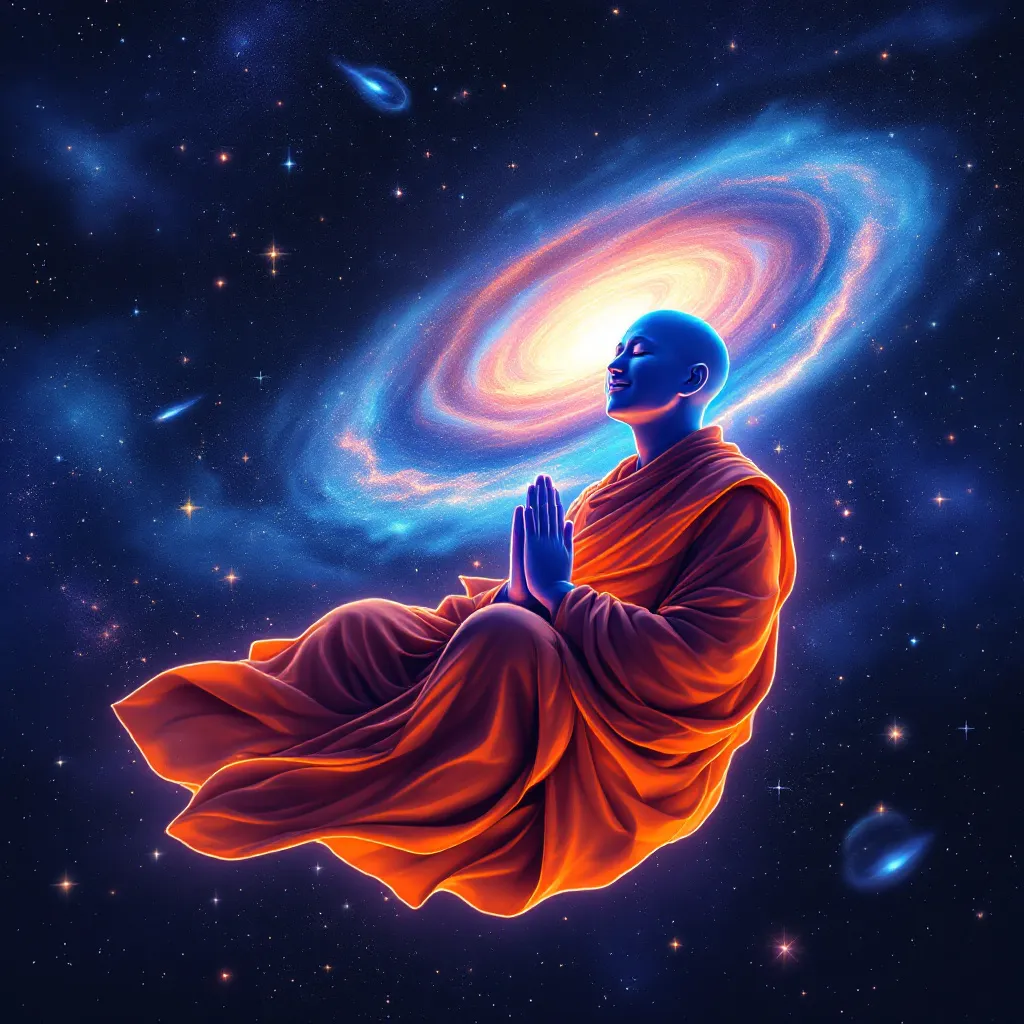The Three Marks of Existence are like lenses through which Buddhism invites us to look at life more deeply, helping us to see things as they really are. They reveal the nature of all conditioned things and, when fully understood, help break our attachments and illusions. Let’s explore each of these in depth.
1. Anicca (Impermanence)
“Everything changes, nothing remains without change.” — The Buddha
Anicca, or impermanence, is the observation that all things—whether material objects, thoughts, emotions, or even entire worlds—are in a constant state of flux. The Buddha taught that nothing is stable or permanent; from the tiniest leaf on a tree to the vast mountains, everything is always transforming, even if those changes are invisible to us moment-to-moment.
This truth applies on every scale:
- Physical objects decay and change: metals rust, buildings wear down, our own bodies age and grow frail.
- Emotions are equally fleeting: joy arises and fades, anger flares and cools, excitement comes and goes.
- Thoughts come into our minds, linger briefly, and then disappear like clouds.
Understanding anicca invites us to let go of clinging to any experience, knowing that it will inevitably change. While many of us might see impermanence as a source of sadness (especially when things we love change or disappear), Buddhism suggests it’s an essential part of liberation. When we see impermanence fully, we can start releasing our grip on life’s passing events, possessions, and people, leading to greater peace and acceptance.
2. Dukkha (Suffering/Unsatisfactoriness)
“Birth is suffering, aging is suffering, illness is suffering, death is suffering.” — The Buddha
Dukkha is often translated as “suffering,” but it also implies a deeper sense of unsatisfactoriness that permeates life. This concept doesn’t mean life is all pain or misery; rather, it suggests that there’s a pervasive dissatisfaction woven into our human experience. Dukkha arises because of our desire to make things last, to resist change, or to seek permanent happiness in things that are inherently impermanent (anicca).
There are three main types of dukkha:
- Dukkha-dukkha: Basic suffering, such as physical pain, grief, or loss.
- Viparinama-dukkha: Suffering due to change, like when a pleasant experience ends or when good health turns to illness.
- Sankhara-dukkha: The underlying, existential discomfort in our lives because we cling to the notion of a stable self in a world where everything is changing.
Dukkha is a universal experience; no one is exempt. Even pleasure has its unsatisfactory side because it cannot last, and attachment to it leads to pain. The Buddha’s path offers a way out, not by avoiding pain, but by understanding and transcending the roots of suffering.
3. Anatta (Non-Self)
“Just as a chariot is made of its parts, yet none of the parts alone is the chariot, so too is a human composed of many elements with no fixed self.” — The Buddha
Anatta, or “non-self,” is perhaps the most profound and challenging of the Three Marks of Existence. It means that there is no permanent, unchanging core within us—no fixed “self” or soul. Instead, what we call “I” or “me” is actually a collection of ever-changing physical and mental phenomena. This includes the Five Aggregates (khandhas): form, feeling, perception, mental formations, and consciousness, which combine and change moment by moment.
Let’s break it down:
- Form (Rupa): The physical body and senses.
- Feeling (Vedana): Sensations—pleasant, unpleasant, or neutral—that arise from contact.
- Perception (Sanna): Recognition and categorization of experiences.
- Mental Formations (Sankhara): Thoughts, intentions, and habits of mind.
- Consciousness (Vinnana): Awareness of the physical and mental experiences.
According to the Buddha, clinging to the idea of a permanent “self” is one of the greatest sources of suffering. Because we identify with our thoughts, body, and emotions, we feel wounded when they’re threatened or change. Anatta encourages us to look at ourselves not as a single, unchanging entity, but as a flowing process of interconnected causes and conditions. With this realization, we can become less defensive, less self-centered, and more open to the impermanent nature of all things.
Living with the Three Marks of Existence
Recognizing anicca, dukkha, and anatta is meant to be deeply transformative, not just theoretical. These insights change how we relate to the world, helping us loosen our grip on the transient pleasures, ego, and attachments that bind us. Through meditation, contemplation, and practice, one begins to experience these marks not just intellectually, but directly. This understanding brings the possibility of inner peace, resilience, and compassion toward oneself and others.
In embracing impermanence, seeing suffering as a teacher, and letting go of fixed ideas about “self,” one begins the journey toward liberation. The Buddha taught that by deeply understanding these Three Marks of Existence, we can awaken to a profound sense of freedom, compassion, and true happiness.
May you find peace and insight in each moment of change, dear friend. 🙏🌅

Leave a Reply